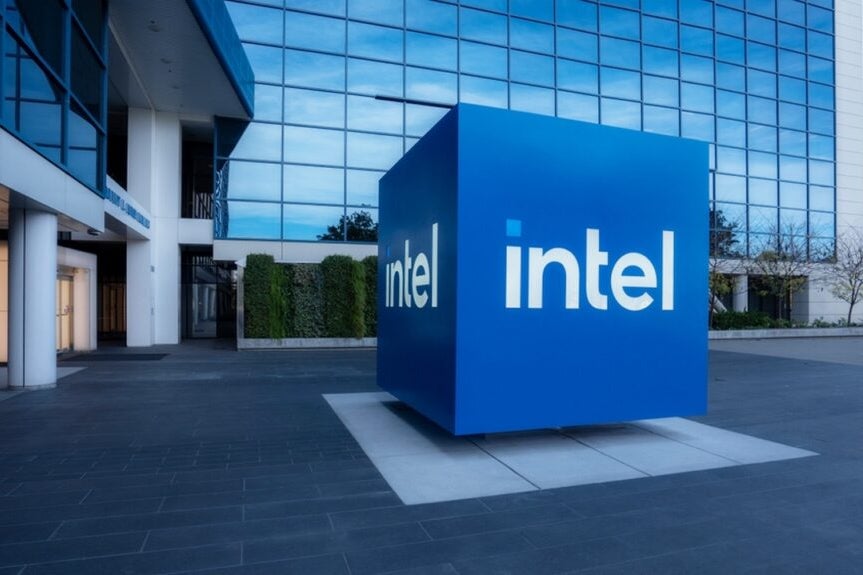Intel’s Panther Lake Production Challenges: An Overview
Intel’s Panther Lake project is facing significant production challenges, particularly with yield rates reported to be below 30%. As the tech giant approaches mass production, these hurdles could have profound implications for its overall timeline and market strategy. Understanding these challenges not only sheds light on Intel’s current situation but also highlights the broader complexities in semiconductor manufacturing.
Understanding Yield Rates and Their Importance
Yield rates are a critical metric in semiconductor manufacturing, representing the percentage of functional chips produced from a silicon wafer. High yield rates are essential for profitability, as they directly influence production costs and the ability to meet market demand. When yield rates drop below the expected level, as is currently the case with Panther Lake, it raises several concerns:
- Increased Costs: Low yields mean that more wafers must be processed to achieve the necessary quantity of functional chips, driving up costs.
- Supply Chain Disruptions: Inability to produce chips at the expected rate can lead to delays in product launches and strained relationships with customers.
- Competitive Disadvantage: Other companies in the semiconductor space may capitalize on Intel’s production difficulties, potentially stealing market share.
Factors Contributing to Low Yield Rates in Panther Lake
The challenges Intel faces with Panther Lake can be attributed to several key factors:
1. Complex Architecture
Panther Lake introduces innovative architectural features designed to enhance performance and efficiency. However, this complexity also increases the potential for manufacturing defects. Each new design iteration requires extensive testing and validation, prolonging the production process.
2. Advanced Process Technologies
Intel is pushing the boundaries of semiconductor fabrication with its latest process technologies. While these advancements promise improved performance, they also come with challenges. The transition to smaller process nodes, such as 7nm and beyond, often results in lower yields due to tighter tolerances and increased defect rates during the manufacturing process.
3. Supply Chain and Equipment Constraints
The global semiconductor shortage has impacted many companies, Intel included. Limited access to critical materials and advanced manufacturing equipment can disrupt production timelines and contribute to lower yield rates. Intel must navigate these supply chain challenges while ramping up Panther Lake’s production.
Impact on Intel’s Market Strategy
As Intel grapples with these production challenges, its market strategy may need to adapt. The potential delay in Panther Lake’s rollout could affect Intel’s position in several key markets:
- Consumer Electronics: Panther Lake is expected to power the next generation of consumer devices. Delays in production could lead to missed opportunities in a competitive landscape.
- Data Centers: With the growing demand for data processing capabilities, timely releases of high-performance chips are crucial. Any setback could hinder Intel’s ability to meet customer expectations.
- Automotive Sector: The automotive industry increasingly relies on advanced computing power for features like autonomous driving. Intel’s production challenges could affect its partnerships and contracts in this sector.
Potential Solutions and Strategic Adjustments
Despite these challenges, Intel has the opportunity to pivot and implement strategies that could mitigate the impact of low yield rates:
1. Strengthening R&D Efforts
Investing in research and development can help Intel address the underlying issues affecting yield rates. By refining manufacturing processes and enhancing testing protocols, the company could improve overall efficiency and product quality.
2. Collaborating with Suppliers
Establishing strong partnerships with suppliers can help Intel secure the materials and equipment necessary for production. By working closely with vendors, Intel can reduce bottlenecks in the supply chain and improve overall production timelines.
3. Incremental Rollouts
Instead of a full-scale launch, Intel could consider incremental rollouts of Panther Lake chips. By initially releasing a limited quantity of chips, the company can better manage production challenges while still meeting some customer demand.
Looking Ahead: Optimism Amidst Challenges
While Intel’s Panther Lake project faces significant hurdles with yield rates below 30%, it’s important to remain optimistic about the company’s future. The semiconductor industry is characterized by rapid innovation and adaptability. Companies that can effectively navigate challenges often emerge stronger and more resilient.
Intel has a rich history of overcoming obstacles, and its current challenges with Panther Lake may ultimately lead to valuable insights and improvements in its manufacturing processes. By leveraging its extensive resources, expertise, and commitment to innovation, Intel can position itself for success in an ever-evolving market.
Conclusion
In summary, Intel’s Panther Lake production challenges underscore the complexities of modern semiconductor manufacturing. With yield rates below 30%, the company faces important decisions that could impact its market strategy and overall competitiveness. However, through strategic adjustments and a focus on innovation, Intel has the potential to overcome these challenges and continue leading the industry into the future. The journey may be fraught with obstacles, but the promise of Panther Lake remains a beacon of hope for Intel and its stakeholders.
See more Future Tech Daily

